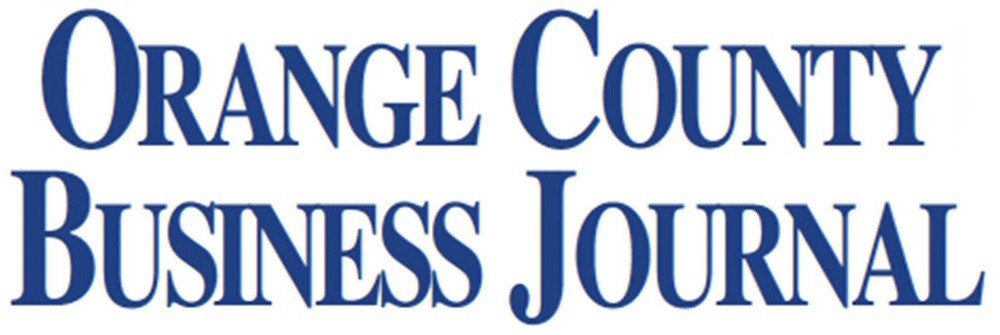James Rooney hadn’t planned on carving out a niche working with deaf clients. But nearly 30 years after his first encounter with a deaf client, he has become Morgan Stanley’s go-to adviser for this unique community of clients.
“If a deaf client were to walk into any Morgan Stanley office anywhere in the country, they will find me,” he said.
Mr. Rooney, who is based in West Hartford, Conn., and has been an adviser at Morgan Stanley for 20 years, was with Merrill Lynch in Long Island, N. Y., in the early 1990s when he noticed the receptionist struggling to communicate with a deaf client.
“I walked over and started talking to the person in sign language,” Mr. Rooney recalls. “Within six months, I probably got a dozen or more unsolicited walk-in deaf clients.”
Mr. Rooney, who now has 225 deaf clients, learned sign language as a child growing up in a household with two deaf parents.
Even though he and his team also work with about 1,000 other clients without hearing impairments, he considers his work with deaf clients as a “way to honor my parents.”
“I have grown my client base of deaf people every year and it’s mostly word-of-mouth referrals,” he said.
There are an estimated 2.2 million deaf people living in the United States, a number that is shrinking as a result of medical and technological advancements. But financial advisers who work with one or several deaf clients uniformly agree that it is an underserved market.
It was less than two years ago that wealth adviser Matthew Phillips had his first encounter with a deaf prospective client who emailed him at Trilogy Financial and closed with the explanation, “we are deaf.”
Mr. Phillips, who had studied sign language in college but didn’t consider himself fluent, wasn’t sure how to proceed.
“I reached out to our team to ask how we should handle this, and nobody had any idea,” he said. “I started to realize no one at Trilogy [which has 150 advisors in 10 offices] has dealt with this before.”
Mr. Phillips, who now works with 20 deaf clients, contacted his former sign language instructor at California Baptist University for some advice.
The instructor, W. Daniel Blair, organized a tutorial for a half dozen Trilogy advisors.
One of the challenges when it comes to providing financial advice to a deaf person is clear communication. With technology and creative determination, the communication can be managed even if the adviser isn’t fluent in sign language. But even being fluent in sign language doesn’t guarantee perfect communication.
“There’s so much in the financial world that doesn’t exist in sign language,” Mr. Blair said.
Not only does sign language differ by region, similar to regional accents, but he said some words just don’t exist in sign language.
“Take compound interest, for example, which I don’t think most hearing people even understand, but there’s just no way to interpret that in sign language,” Mr. Blair said.
In another example, he recalls watching a certified American Sign Language interpreter signing for the word investment in a way Mr. Blair said he would have signed for the word contribute.
“And what I was signing for investment, the interpreter was using for saving,” Mr. Blair said.
Mr. Rooney of Morgan Stanley has had similar experiences trying to employ words and phrases that did not yet exist in sign language.
“There’s a sign for interest and most everyone understands that, but I found there was not a sign for dividend, which is similar to interest,” he said. “So I decided to make a sign for dividend, and now I see other signers using it. That’s exactly the way it works. Sign language, like all language, evolves.”
Of course, many financial advisors don’t even have a foundation in sign language to start with. But that hasn’t prevented John Cooper, private client advisor at Greenwood Capital, from working with a deaf client for the past 10 years.
“We meet in person once a year, and I give him a notepad and I have a notepad, and that’s how we communicate,” Mr. Cooper said. “Let’s just say there’s not a lot of small talk.”
Technology, including the internet and smartphones, has made communication a lot easier than with the early teletype phone communication of decades ago when deaf people would have to type messages to a hearing operator, who would act as translator.
Mr. Rooney said he now has a video phone in his office that enables him to sign with his deaf clients in real-time.
For advisors who are interested in working with deaf clients, or who might be having trouble communicating with current clients who are deaf, Mr. Rooney said it’s important to make eye contact and remember always to face the deaf person.
“They may be able to read lips, so be sure to enunciate properly, maybe even over-enunciate,” he said. “And be patient. I find it much more frustrating for me not being able to get my ideas across than they were with me because they couldn’t understand what I was trying to say.”



